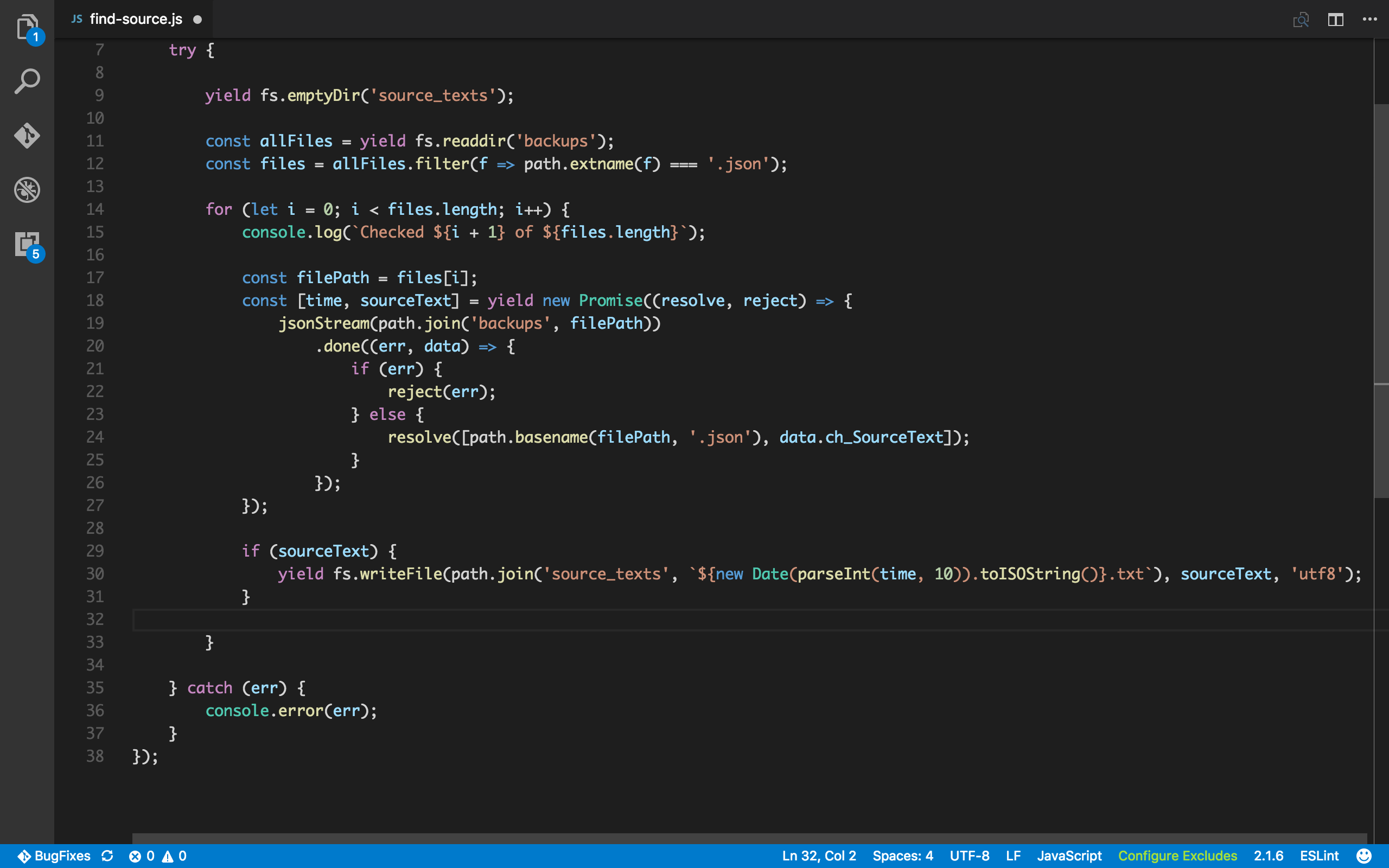
Building a compose function with reduce: const compose = (.fns) => (value) => fns.reduceRight((acc, fn) => fn(acc), value) Īnd now using it to compose splitByTilde and first functions. The method extracts up to endIndex (but not including). So we can compose those functions to build our final getName function. The slice() extracts some text from one string and returns it as a new string. The algorithm is: split by the colon and then get the first element of the given list. Let's build a first function: const first = (list) => list To get the first element we can use the list operator. Example: splitByTilde("john smith~123 Street~Apt 4~New York~NY~12345") //

So now we can use our specialized splitByTilde function. We want to make this "john smith~123 Street~Apt 4~New York~NY~12345" into this const split = (separator) => (text) => text.split(separator) So the first thing would be the split function. This makes it easy to extract specific parts of a string without having to manually calculate character positions.This string.split("~") gets things done.Īnother functional approach using curry and function composition. Negative indices can also be used to count from the end of the string. It can take two arguments, the start index and an optional end index (not included). The `slice()` method in JavaScript is a useful tool for extracting sections of strings. In this case, we slice the string from -6 (which is 6 characters counting from the end) to -1 (which is the last character). You can also use negative indices to count from the end of the string: In this example, we slice the string “Hello, World.” from index 7 to index 12 (not included) so the new string contains “World”. Syntax: string.slice(startIndex, endIndex)Ĭonsole.log(slicedString) // Output: "World"

Here’s an example of how you can use string slicing in JavaScript: The method takes two arguments, the start index and the optional end index (not included). In JavaScript, you can perform string slicing using the `slice()` method, which extracts a section of a string and returns it as a new string. In this blog post, we’ll explore how to use it and look at some examples of its usage. Are you looking for an easy way to extract a section of a string in JavaScript? The `slice()` method is the perfect tool for this task.


 0 kommentar(er)
0 kommentar(er)
